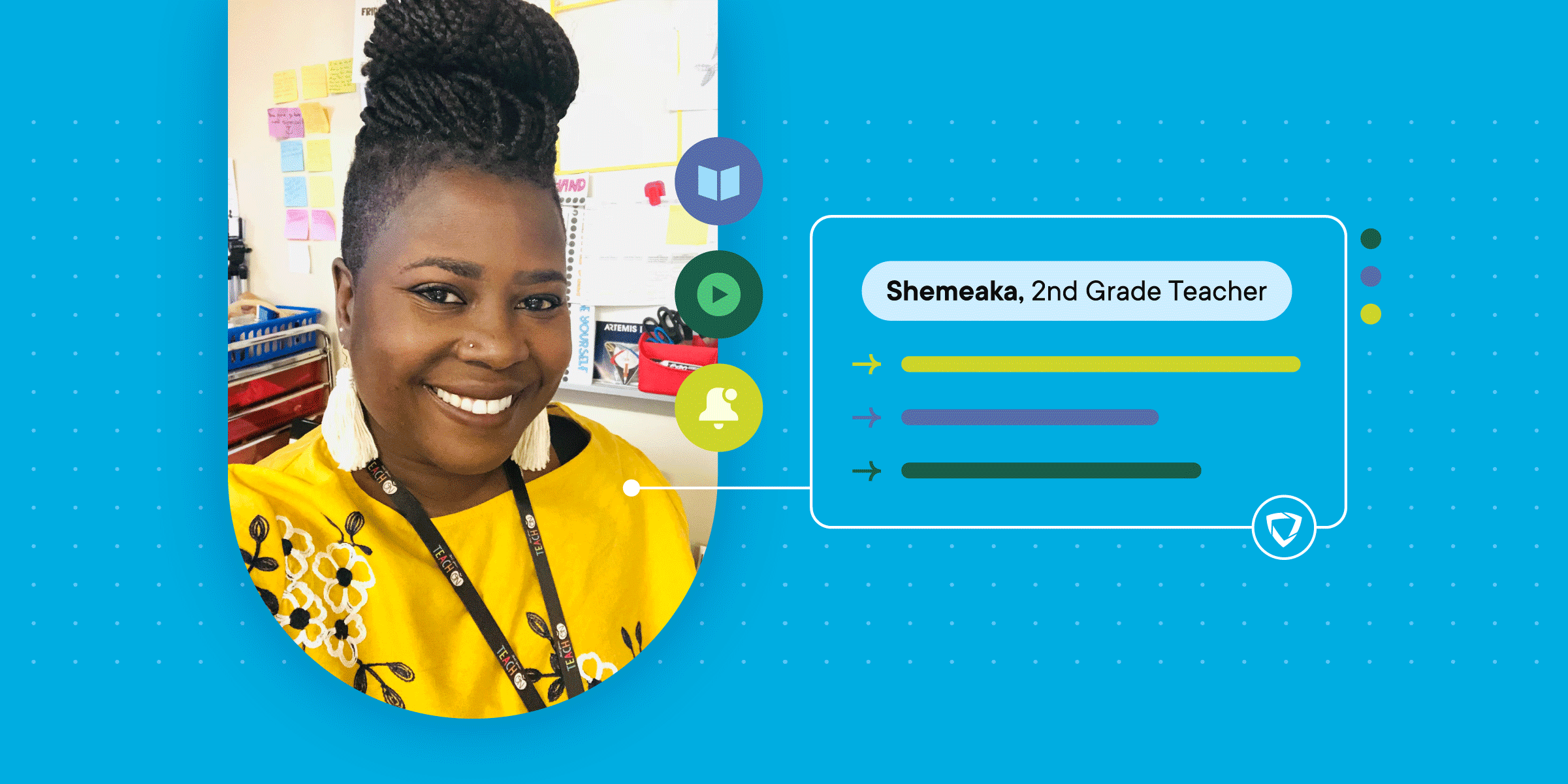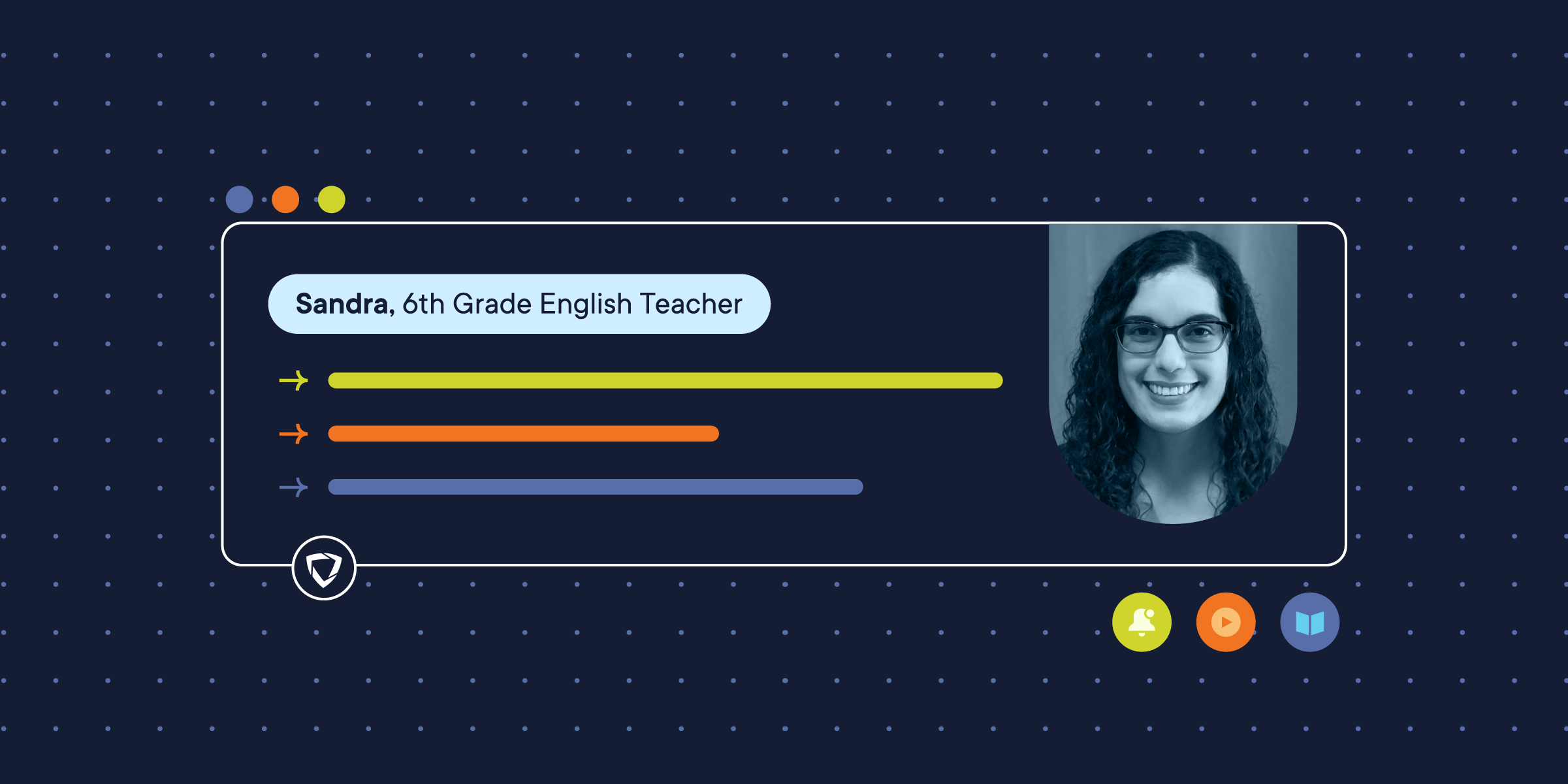
GoGuardian and USC Rossier School of Education Center EDGE are proud to announce the release of the 2022-2023 State of Engagement Report — an in-depth look at the factors influencing student engagement in K-12 classrooms. As educators know, students learn best when they're engaged and motivated to learn. But what engagement methods are most effective in capturing the attention of learners? Partnering with researchers at USC Rossier School of Education, we went to the source and asked more than 1,400 teachers from all across the U.S. — and while some responses may confirm what you already know, others may surprise you!
Our 2022-2023 Research Focus
The State of Engagement research is a part of GoGuardian’s ongoing commitment to help integrate the best of learning science into the classroom. In 2021, teachers in our survey reported that the foundation of effective learning experiences is building meaningful teacher-student relationships and bringing students in at every step of the learning process. To build on this insight, our 2022-2023 study aimed to discover:
- How often teachers use evidence-based instructional practices shown to support engagement
- Teacher beliefs and perceptions about the importance of various practices, and
- Perceived levels of student engagement as a result of these practices
In partnership with Dr. Erika Patall, her team at USC Rossier School of Education, and Center EDGE, we designed a new survey to address these aims and conducted a comprehensive review of student engagement literature and its theoretical underpinnings in the education psychology space.
Key Takeaways
From our survey of 1,449 current K-12 educators across the United States, we found the three most used engagement practices are:
- Teacher caring and relationship-building (96.9% of teachers reported using often or very often)
- Soliciting student perspectives (94.4% of teachers reported using often or very often)
- Upholding high expectations (94.2% of teachers reported using often or very often)
A ninth grade teacher shared, “...students live up or down to what is expected of them,” adding “by communicating that I hold them responsible for giving their best effort and that I will help them, they learn that they can be successful and do much more than they thought they could.”
Other Factors Influencing Engagement
To give educators and administrators a further look at these trends, we also analyzed the data by subject matter, instructor experience, student population, and other factors to understand how and when engagement-supportive practices — and engagement- thwarting practices — were used.
We found:
- Teachers with classes that included more than 50% BIPOC students use culturally-relevant teaching as a powerful engagement tool more often than teachers with fewer BIPOC students in their classes. However, these teachers also report placing higher emphasis on grades (which is what we refer to in our research as an “engagement-thwarting practice”).
- The focus on STEAM learning has been growing in recent years, but findings show math and science teachers use engagement-supportive practices less frequently than teachers in other subjects.
- Elementary school teachers report using engagement-supportive practices more often than secondary school teachers, and ultimately report higher overall student engagement.
- Teachers with a classroom of 50% or more students who speak a language other than English at home reported they incorporated students’ interests and goals into learning as an engagement strategy specifically more often than teachers with fewer students speaking a language other than English at home. These teachers also reported providing students with more personally relevant rationales and providing more instruction on self-regulation strategies.
Why do teachers use these strategies more or less often — and what are the other factors that come into play in these scenarios? That is what we dive into in detail in this year’s State of Engagement report.
Looking Ahead
When asked about predicted engagement in 2023, teachers in this year’s survey say they believe upholding high expectations will be the most important strategy for classrooms next year.
“Coming out of the pandemic, we're at a historic inflection point for education, where vital research like this is crucial for informing (best) teaching practices and learning outcomes,” said Alan Arkatov, the Founding Director of Center EDGE and the Katzman/Ernst Chair in Educational Entrepreneurship, Technology and Innovation at the USC Rossier School of Education.
“We know teachers give their all to help every student comprehend and retain the knowledge vital to their success — and we also know that teachers routinely
report student engagement is an ongoing concern that has only increased in the wake of the pandemic. That’s why the State of Engagement was created; our hope is this information helps educators meaningfully engage every student, every day,” said Mariana Aguilar, Vice President of Education at GoGuardian.
Excited to share what engagement practices you use in your classroom? We’d love to hear from you! To build on the data in this report, Center EDGE is creating a resource depository where teachers like you can share examples and reflections of effective engagement practices to learn from one another. To share your best engagement strategies, click here.
Download the full report today to take a deeper look at engagement in today’s K-12 classrooms.








